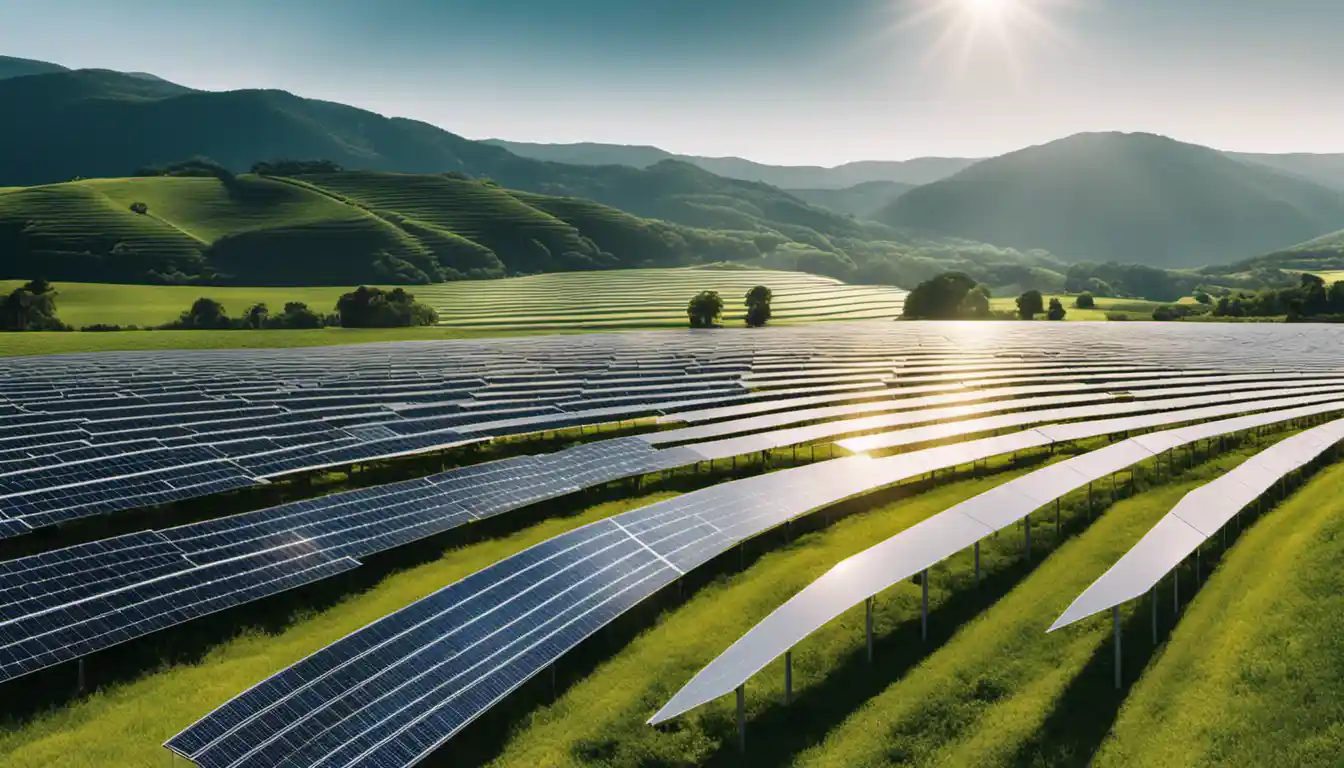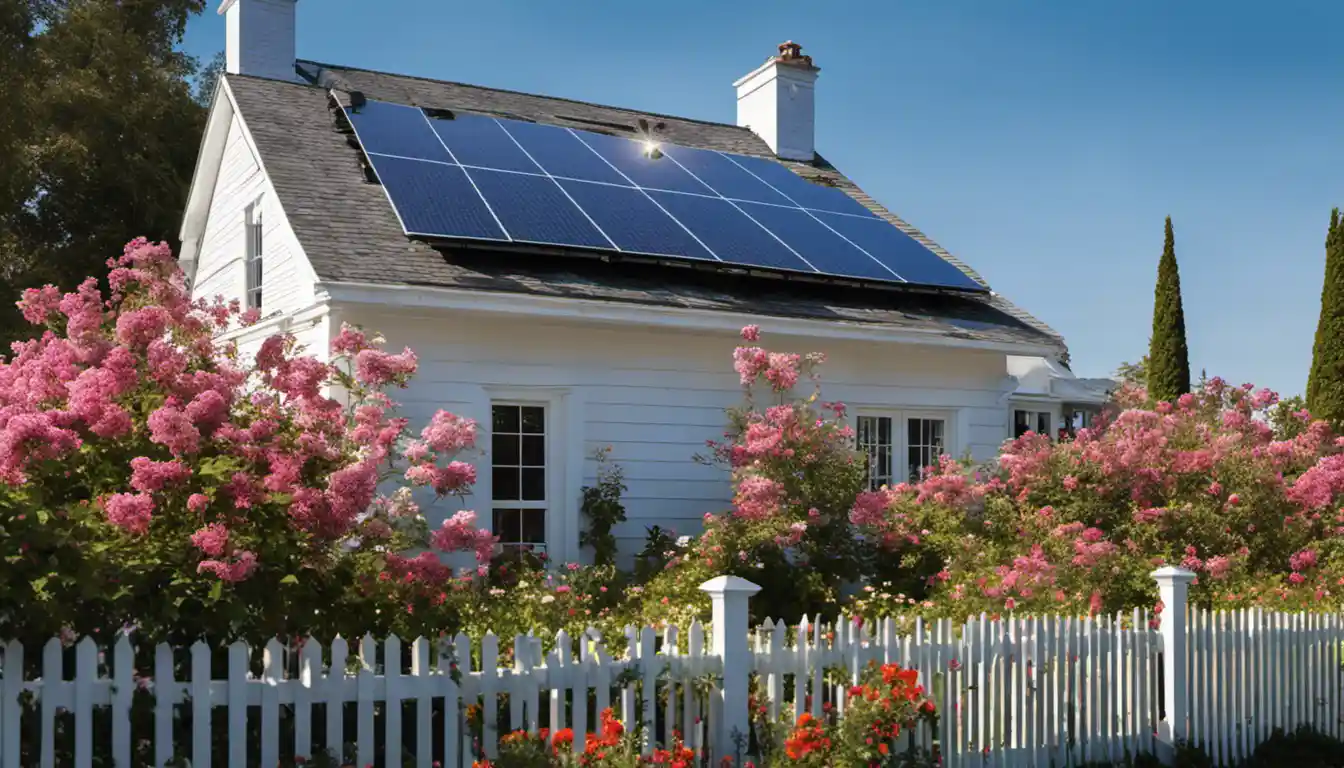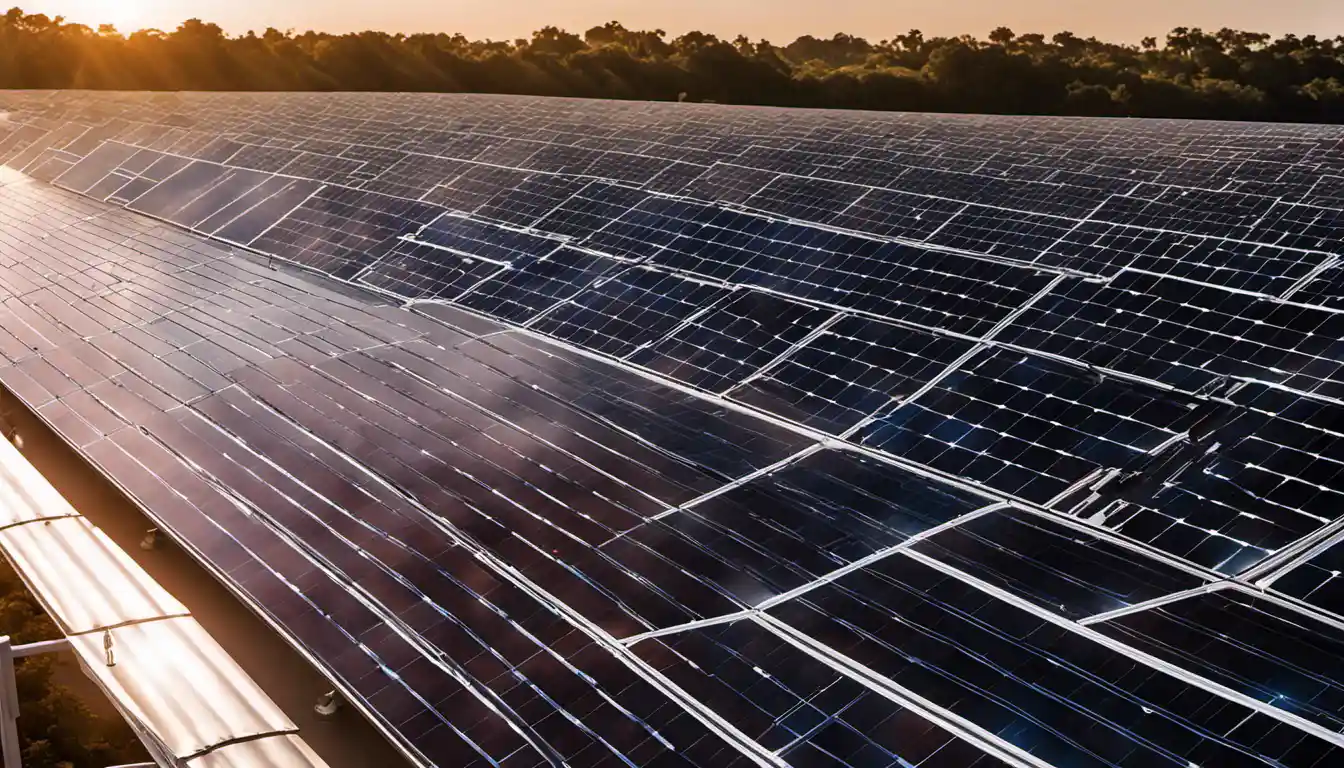Understanding Active Solar Heating
Active solar heating has several advantages such as reducing dependence on non-renewable energy sources, potential financial savings in the long run, and the minimal environmental impact due to the reduction in carbon emissions. However, the initial setup cost can be high, the efficiency of solar heating systems can be affected by the location and weather conditions, and the systems may require significant space for solar panel installation.
Definition
Active solar heating is a type of solar power designed with special equipment to collect and distribute solar energy. These tools often involve a combination of solar collectors and mechanical systems that work together to gather, store, and distribute solar energy in the form of heat. Simple enough to cover your home’s heating needs even in winter months.
Function and how it works
The beauty of active solar heating is in how it works. When sunlight hits the solar collectors (usually solar thermal panels), the energy collected is then transferred to a fluid (water or air) that either directly or indirectly heats the house. An automated system controls the flow of this heated fluid, distributing it where needed and ensuring consistent warmth in all corners of your abode. Think of it as your personalized indoor sun.
Comparison: Active Solar vs Passive Solar
This field of thermodynamic wonders isn’t just limited to active solar heating, there’s also passive solar heating – a system that uses the sun’s rays to naturally heat a structure without the use of mechanical devices. But how do they differ? Passive designs rely mainly on architectural design, such as well-positioned windows and correct building orientation. Active systems, on the other hand, actively collect, store, and distribute solar energy using mechanical and electrical equipment. It’s like choosing between a manual and an automatic car, isn’t it?
Pros of Active Solar Heating
Renewable Energy Source

First, let’s consider the positives. Active solar heating, like any form of solar energy, uses the sun, a source of energy that’s as renewable as it gets. As long as we have the sun shining above us, we have the potential to harness its power.
Substantial Utility Bill Savings
Who doesn’t appreciate a break on their utility bills? With active solar heating, you get exactly that. Utilities can eat a big chunk of your monthly budget, by moving your heating needs to solar, you’re effectively reducing your dependence on traditional – and often expensive – power sources.
Diverse Applications
Break out of the limited confines with active solar heating. In addition to your heating at home, it can be used for water heating, pool heating, and other heating requirements in your home or business.
Independence with Energy Production
We all love a bit of independence. Using active solar heating, you become your power producer, which means less dependency on your local grid, protection from unexpected power interruptions, and insulation from fluctuating energy prices. No more blackout worries!
Solar PV Offers More Design Options
Active solar heating systems aren’t just functional—they’re also versatile. With modern Photovoltaic (PV) designs, you can integrate solar panels seamlessly into your building design, making them a trendy home addition rather than an eyesore.
Continuous Development in Technology
Solar energy technology is not standing still. Over the years, we’ve seen leaps in solar power efficiency and affordability. So, active solar heating is not just a smart choice today—it’s an investment in a rapidly improving tech field.
Cons of Active Solar Heating

Initial Cost
But let’s bring some balance here: it’s not all sunshine with active solar heating. The initial costs—covering system purchase, installation, and setup—can be steep. Though the investment can pay itself back over time, the upfront sticker price isn’t for everyone.
Solar Suitability Limitations
The effectiveness of active solar heating isn’t universal. Factors like local weather, hours of sunlight, and building orientations can affect performance. Live somewhere cloudy? Your returns might not be as sunny as others.
Space Requirements
And then there’s space. Solar panels need room— and depending on your system size, this could mean significant roof or yard space. Not every property can accommodate a large setup.
Weather Dependence
Sunshine may be renewable, but it’s not always predictable. On those cloudy or stormy days, your system’s performance might not be optimal, leading to periods of insufficient heating.
Solar Energy Storage can be expensive

Storing harvested solar power for later use often involves pricey batteries, adding to your investment costs. Without storage, your system remains dependent on real-time sun exposure for heat.
Dual Systems: The Need for Back-Up
To ensure you don’t run out of hot water or a heated home during nights or cloudy days, you might need to maintain a back-up heating system, adding to the complexity.
Intermittent Power Generation
Remember, the sun is an intermittent energy source. Active solar heating systems can’t operate at night and are less productive in cloudy weather or during short winter days.
Possible Association with Pollution
Although solar power itself is clean, manufacturing the panels and transporting them can contribute to pollution — albeit much less compared to traditional energy sources.
Selecting the Best Solar Option
There’s no one-size-fits-all solution to active solar heating pros and cons. You need to consider details like local climate, your property’s layout, your energy needs, and, of course, your budget before deciding. Engage an energy expert to walk you through the options and tailor a system to meet your goals.
Final Thoughts and Conclusion
Weighing the pros and cons of active solar heating takes a bit of work, but it’s an investment worth studying. It’s an exciting technology, with the potential to reduce utility costs, add property value, and contribute to environmental sustainability. But it’s not a one-size-fits-all solution.
The key is understanding your energy needs and the unique factors at play in your situation. I hope this guide has shed some light on the subject and will aid you in making an informed decision. After all, the goal here isn’t just to deal with the ups and downs of energy generation… it’s to reach for the sun while keeping our feet on the ground.



